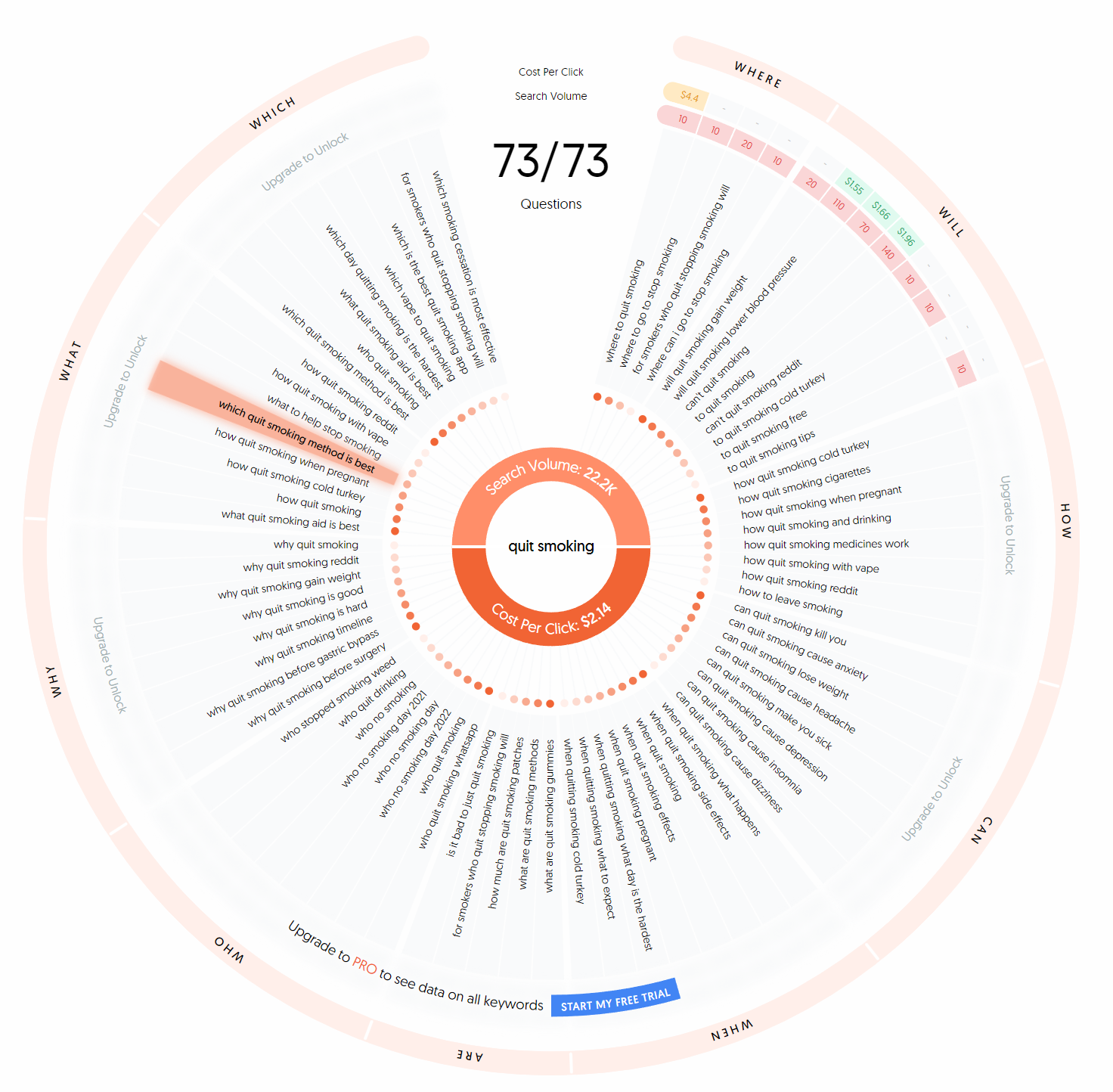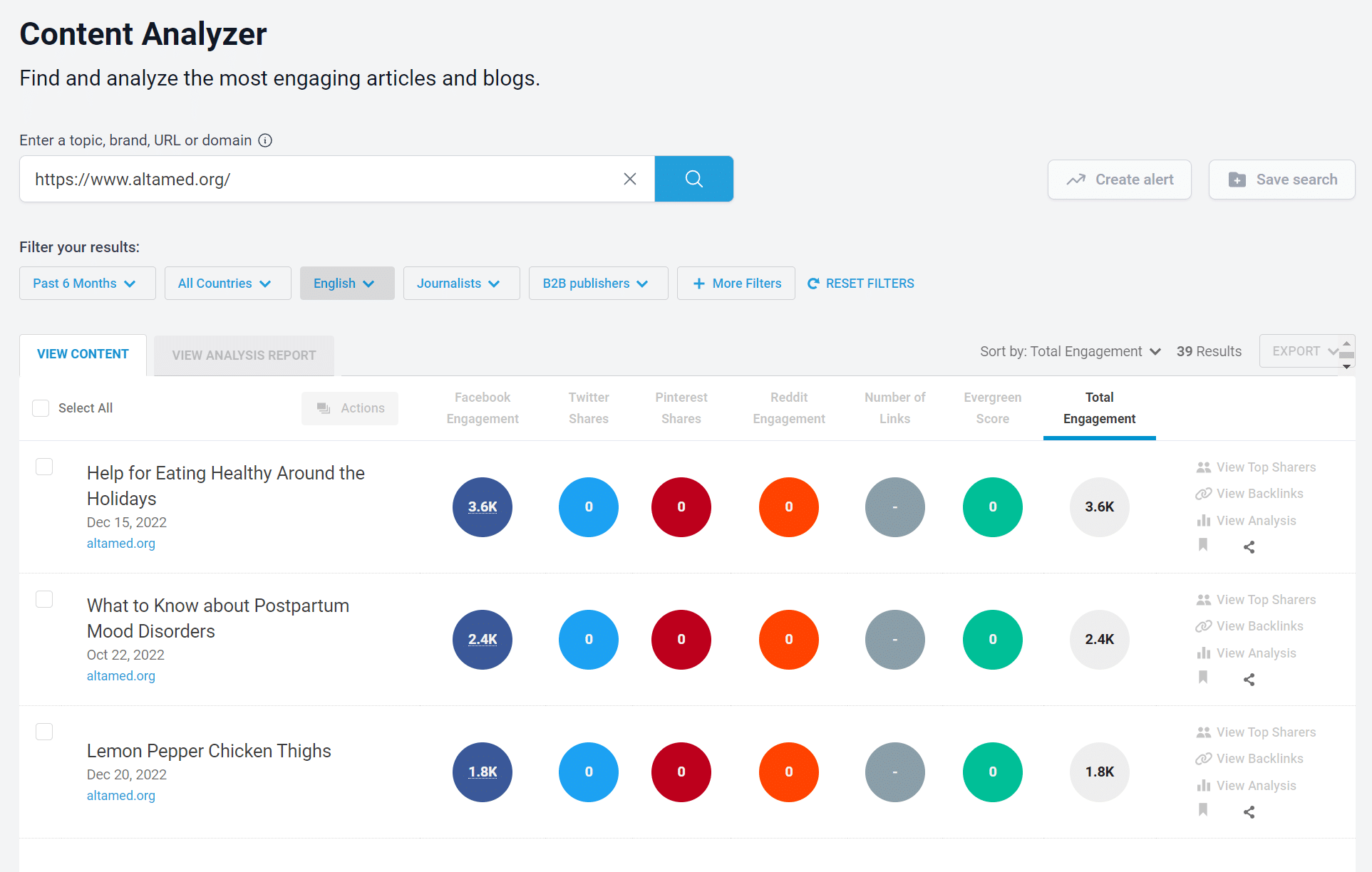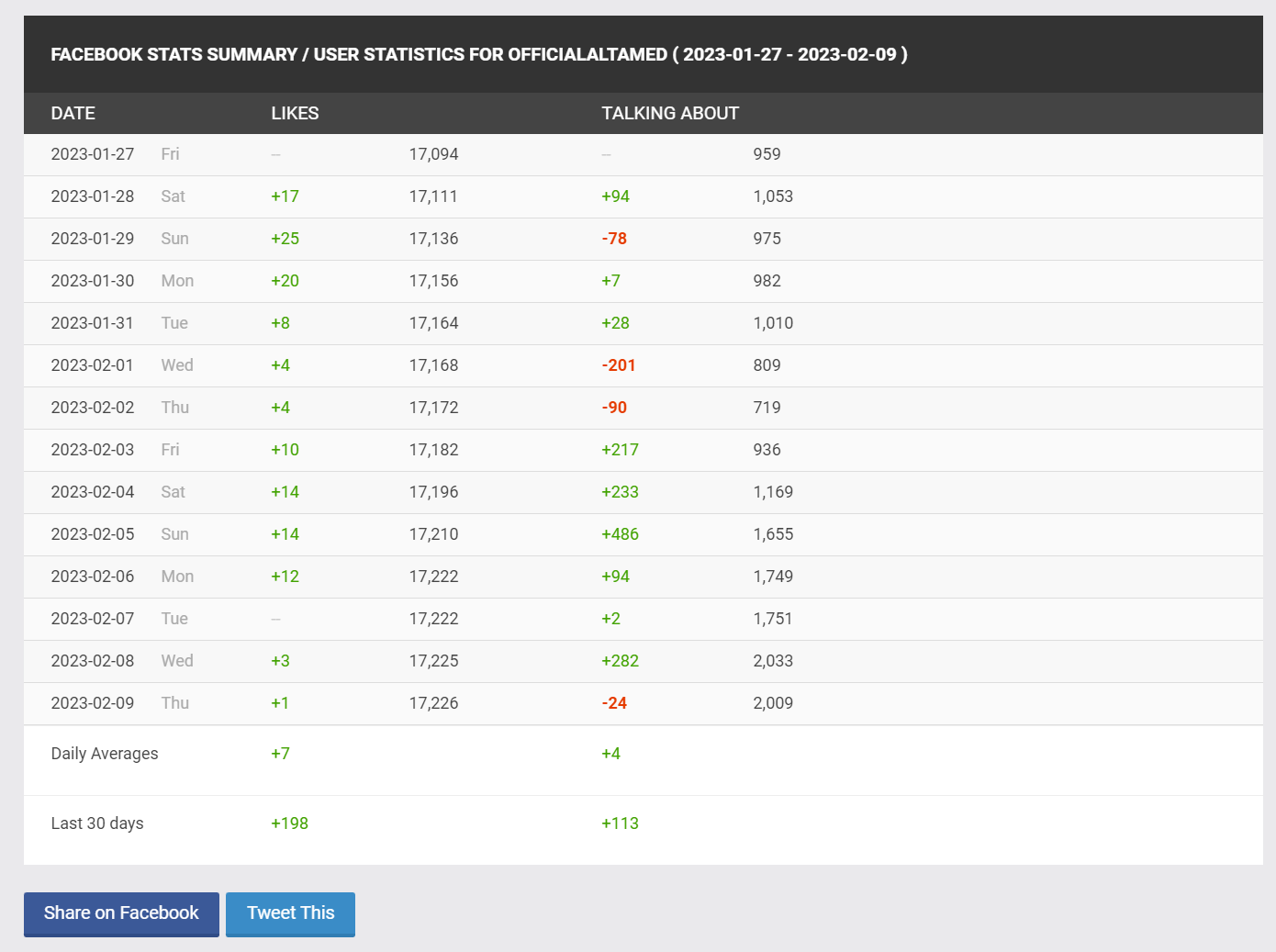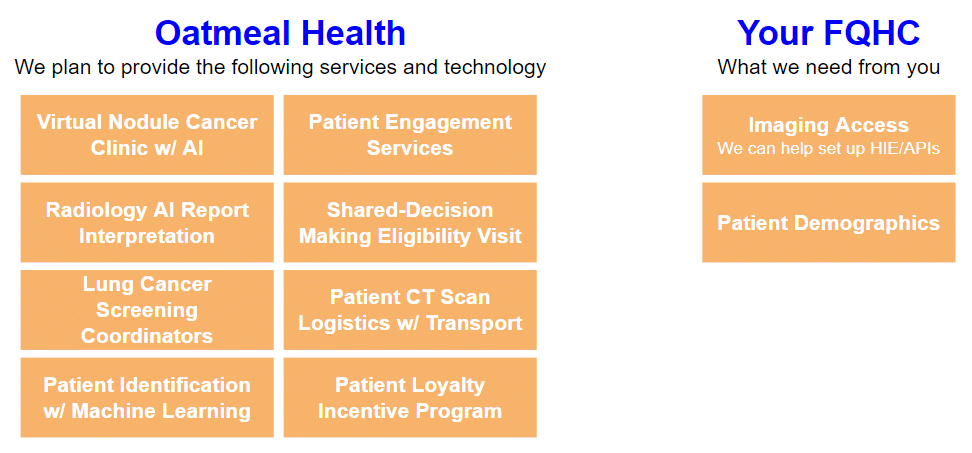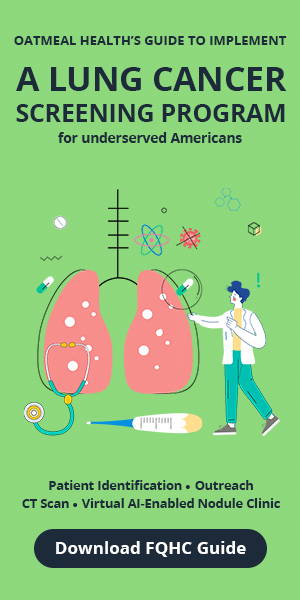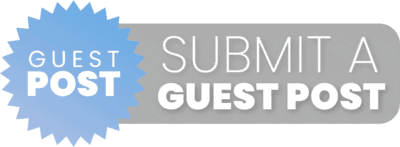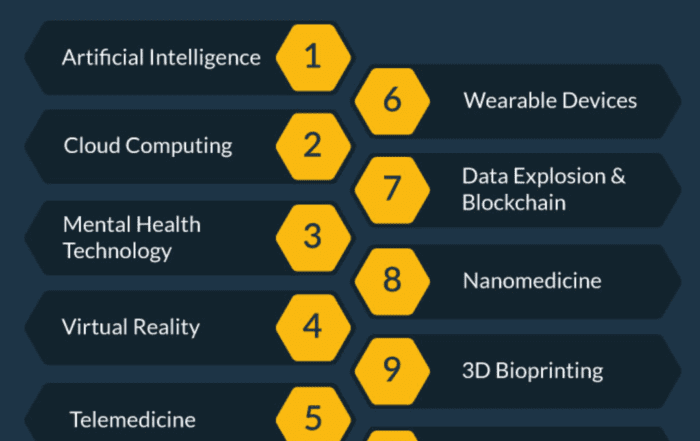Share this article and save a life!
The healthcare industry is constantly evolving, and with that evolution come new challenges. One of the most significant challenges healthcare providers face today is how to effectively market to underinsured and uninsured patient populations in the community. These populations are often invisible to traditional outreach efforts, and as a result, healthcare providers struggle to reach and engage them.
However, with the right approach and strategies, healthcare providers can turn these invisible populations into invaluable patients. In this article, we will explore the specific tactics and strategies that healthcare providers can use to effectively market to underinsured and uninsured patient populations in the community.
Identifying Your Target Audience
The first step in effectively marketing to underinsured and uninsured patient populations is to identify your target audience. These populations are not one-size-fits-all and can vary greatly depending on factors such as income, age, and location.
To identify patients start with your EHR, risk assessment tools, Population Health Management Software, community surveys, and claims data, but are there other tools that can speed up the process?
Tools to make your job easier:
- Answerthepublic.com – Listens to autocomplete data from search engines like Google then quickly cranks out every useful phrase and question people are asking.
- Example: What questions are your patients asking about smoking? Once you have a clear understanding of your target audience, you can begin to tailor your marketing efforts to reach and engage them and help them attend their lung cancer screening appointments.
- Develop specific content around questions people are asking the most to direct them in for care at your FQHC.
Utilizing Digital Marketing Strategies
Digital marketing is a powerful tool for reaching underinsured and uninsured patient populations in the community. These populations are often more likely to be found online, on sites like Facebook and Instagram.
One effective digital marketing strategy is looking at what your competitors are doing and learning what is working for them, what content are patients engaging with the most, etc.
If you are facing a decline in organic reach, watch this:
Tools to make your job easier:
- Buzzsumo.com – Put in your competitor’s URL and it tells you all the popular blog posts and their engagement. Breaks it down by backlinks and social shares. Helps you decide what content you should create.
- Socialblade.com – Social Blade gives all users access to our public database which, using advanced technology, is able to provide you with global analytics for any content, including how frequently other FQHCs/competitors post and what their share counts are to get an understanding of where you stand in the market as a comparison.
- Another tool I love is Moat.com, a website that allows you to search for Ads that other FQHCs are placing on social media sites and read their copy and design templates so you can improve on your own.
Other tips:
- Create a Facebook Group
- Social Media Marketing 101
Building Community Partnerships
Building community partnerships is another effective strategy for reaching underinsured and uninsured patient populations in the community. These partnerships can include working with local organizations, such as grocery stores, beauty and barber shops, and clinics, to reach individuals in your target audience.
Additionally, consider partnering with local businesses and organizations that serve your target audience. For example, if you are targeting low-income individuals, consider partnering with food banks and other organizations that serve low-income communities. These partnerships can help you reach individuals in your target audience and provide valuable resources and services to them.
- Another instance is collaborating with cutting-edge startups like Live Chair Health, established by Andrew Suggs. They incorporate healthcare into communities by providing primary care services at local barber shops, bringing medical services closer to where people reside.
Offering Financial Assistance and Discounts
Offering financial assistance and discounts is an important strategy for reaching underinsured and uninsured patient populations. These populations often struggle with the cost of healthcare and may be hesitant to seek care due to financial concerns.
By offering financial assistance and discounts, you can help remove financial barriers and make healthcare more accessible to underinsured and uninsured patients. This can include offering sliding fee scales, discounts for uninsured patients, and financial assistance programs.
FQHCs routinely provide gift cards from gas stations and other in-kind assistance to patients to incentivize them to obtain preventive care, prescription drug adherence, or engage in other healthy behaviors.
A few CMPL exceptions generally relied on by FQHCs for patient incentives include:
- preventive care items or services;
- items or services to promote access to care;
- items or services of nominal value; or
- the documentation of demonstrated financial need. The National Association of Community Health Centers (NACHC) noted the following in a proposal for the federal government to create a safe harbor for FQHC gifts to beneficiaries:
- Quick summary here
Creating Patient-Centered Programs and Services
Creating patient-centered programs and services can also be effective in reaching underinsured and uninsured patient populations. These populations often have unique healthcare needs and may require specialized care and services.
For example, consider creating programs and services for patients with chronic conditions, such as lung cancer screening. These programs can provide patients with the specialized care and support they need, making it more likely that they will seek out and utilize your services.
- An example of a company that has created a tech-enabled service is Oatmealhealth.com, Ty Vachon M.D, and his team can help develop and manage your lung cancer screening program at scale and the cost of both the staffing and technology may be fully covered by CMS. This includes the following:
Did we miss anything?
Marketing to underinsured and uninsured patient populations in the community can be challenging, but with the right approach and strategies, healthcare providers can effectively reach and engage these populations. By identifying your target audience, utilizing digital marketing strategies, building community partnerships, offering financial assistance and discounts, and creating patient-centered programs and services, healthcare providers can turn these invisible populations into invaluable patients.
Let me know if I missed anything, and I can add more details soon.
Share this article and save a life!
Author:
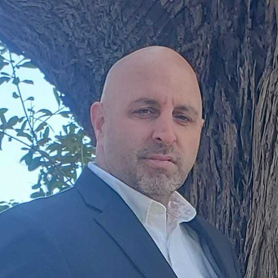
Jonathan is a seasoned executive with a proven track record in founding and scaling digital health and technology companies. He co-founded Oatmeal Health, a tech-enabled Cancer Screening as a Service for Underrepresented patients of FQHCs and health plans, starting with lung cancer. With a strong background in engineering, partnerships, and product development, Jonathan is recognized as a leader in the industry.
Govette has dedicated his professional life to enhancing the well-being of marginalized populations. To achieve this, he has established frameworks for initiatives aimed at promoting health equity among underprivileged communities.

